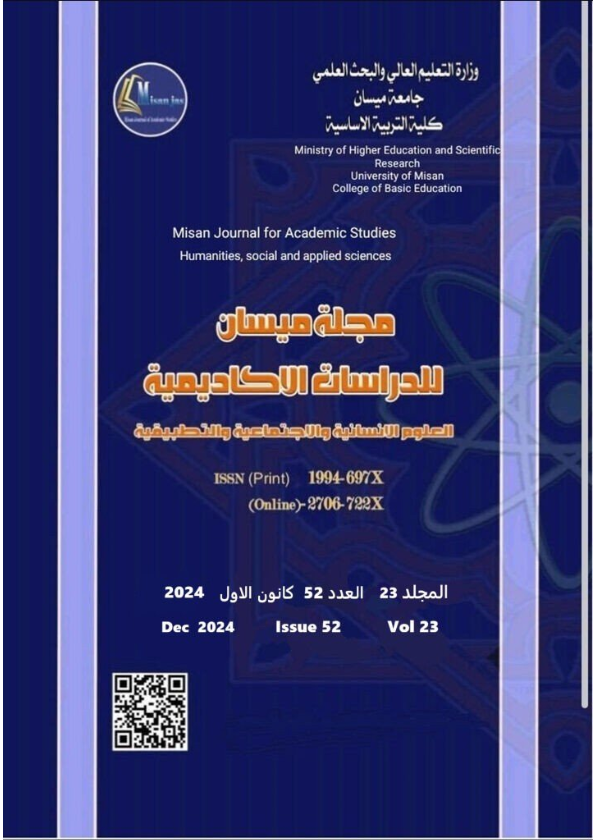Evaluation of the Susceptibility of some Eggplant Varieties and the Role of Their Biochemical Compounds in Resistance to the Leafhopper Amrasca biguttula
Abstract
A field study was conducted to evaluate the susceptibility of four eggplant varieties (Barcelona, Jawaher, Nasr, and Capto) against leafhopper Amrasca biguttula biguttula at the Agricultural Research Station at the University of Basrah during the grown season of 2023/2024. The results indicated that the eggplant varieties differed significantly in their susceptibility to the leafhopper. Barcelona was found to be the most susceptible variety, followed by Nasr and Jawaher, while Capto was identified as the most resistant. The population density of adults and nymphs increased in early January and then decreased toward the end of October of 2023.
The studied varieties also differed in their biochemical resistance traits and the concentrations of metabolic compounds that may contribute to resistance. These compounds included plant pigments (chlorophyll and carotene), carbohydrates, proteins, and phenols. The highest chlorophyll content was found in the Jawaher variety, with the lowest observed in the Nasr variety. Carotene content showed no significant differences between varieties. However, carbohydrate content varied significantly, with Nasr showing the highest content, followed by Jawaher, and the lowest content found in Barcelona and Capto. Protein content was highest in the Jawaher and Barcelona varieties and lowest in Nasr and Capto. Phenolic content also varied among the eggplant varieties, though no significant differences were found between them.
Downloads
Copyright (c) 2024 (Humanities, social and applied sciences) Misan Journal of Academic Studies

This work is licensed under a Creative Commons Attribution-NonCommercial-NoDerivatives 4.0 International License.
The copyright is also the copyright of the magazine only.
All articles published in our magazine are subject to license terms
Creative Commons Attribution(CC BY-NC-ND 4.0) This license permits the content to be reproduced, redistributed and reused in whole or in part for any purpose free of charge, without any permission from the author(s), researcher or student.
Works submitted to Maysan Journal of Academic Studies for publication in the journal (CC BY-NC-ND 4.0) license terms. Where available content can be shared, distributed and replicated provided there is no commercial profit and appropriate credit must be given to the original source through sources or citations. It is mandatory to review any material used from other sources including shapes, tables, and images for re-use under the terms of the Creative Commons License (CC BY-NC-ND 4.0).Provided that there is no modification to the original content



